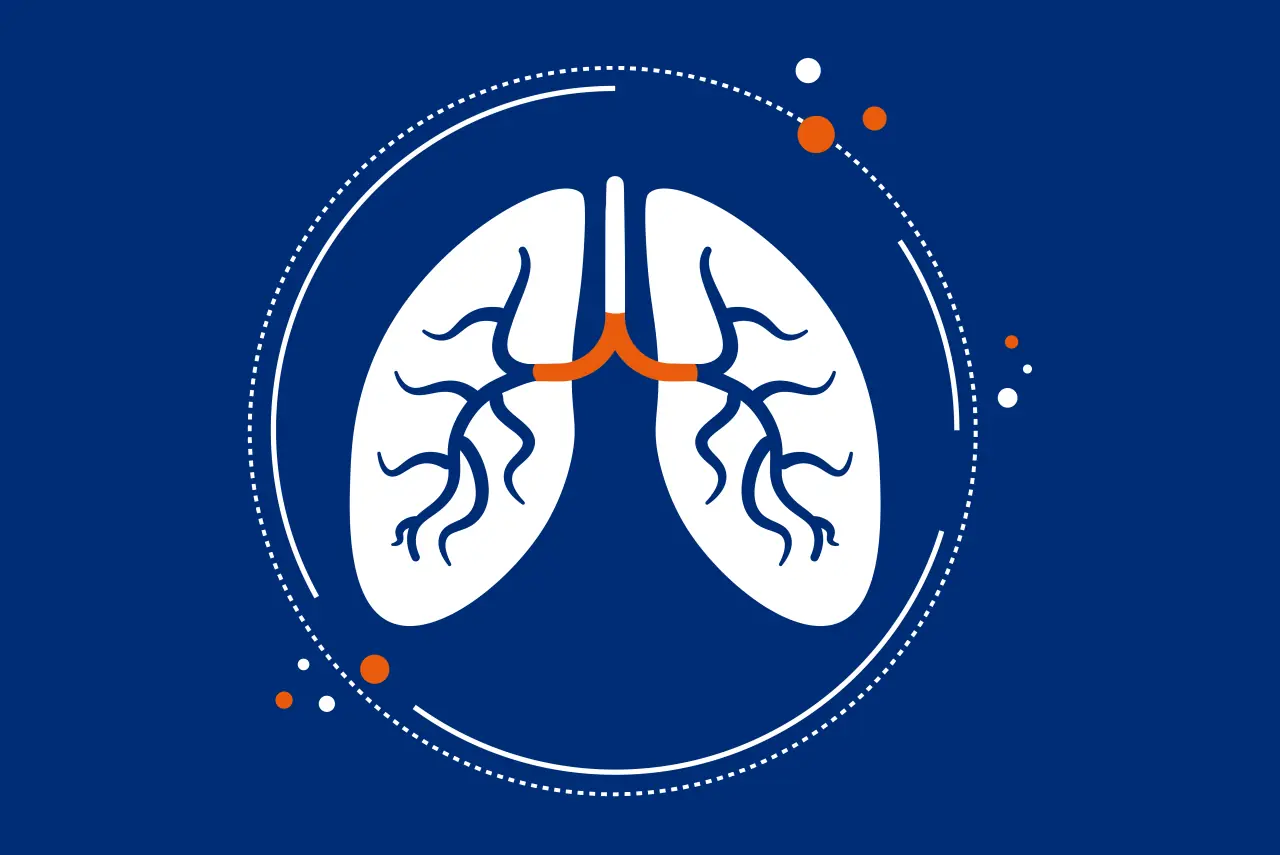To provide services at the highest level, we use cookies. Using the website requires you to choose settings related to their storage on your device. If you want to know what each type of cookie is used for, click the Details button below.
Asthma in children and adults - what should you know?15 października 2025 |

Asthma commonly presents with breathing difficulties, shortness of breath, wheezing and coughing. Symptoms tend to occur especially at night or early in the morning. They often worsen after exposure to allergens, physical activity or during respiratory infections. A typical feature of asthma is the fluctuating intensity of symptoms - sometimes they’re strong, other times they almost disappear.
Thanks to modern treatment methods, most people with asthma can live a normal, long life. The condition does not have to shorten life expectancy if properly managed. Regular use of medications and avoiding triggers help keep asthma well controlled.
The most common symptoms include shortness of breath, chest tightness, wheezing and dry cough. These symptoms may worsen at night, with physical effort or due to irritants like smoke, dust, cold air or strong odors. Asthma symptoms often occur in episodes and may go away on their own or after taking medication.
Asthma itself does not directly damage the heart. However, severe and untreated asthma attacks can strain the cardiovascular system, which may increase the risk of heart-related issues over time. Good asthma control and consistent use of medications significantly reduce this risk.
Yes, asthma can affect sleep - and this has been confirmed by several studies. Many people notice that symptoms worsen at night, leading to frequent awakenings, disrupted sleep and daytime fatigue. Proper treatment and creating a sleep-friendly environment (a suitable mattress and pillow, clean air and allergen-free surroundings) greatly improve sleep quality.